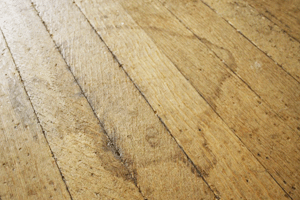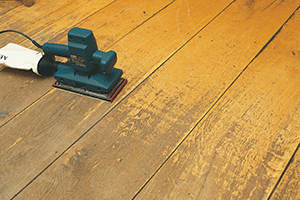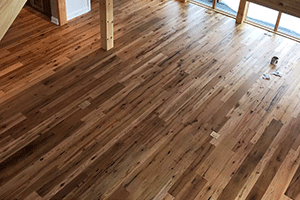COMPARE OSMO AND TAKE THE ADVANTAGE
Traditional Oil-Based Finishing Systems
| Basics |
|---|
| Protects wood from within |
| Does not form a film |
| Does not form protective surface |

| Advantages |
|---|
| Penetrates the wood |
| “Firing” of the wood |
| Can be simply and partially renovated |
| Does not crack, flake, peel, or blister |
Varnish & Lacquer Finishing Systems
| Basics |
|---|
| Protects wood from outside |
| is film-forming |
| Generates a thick layer |

| Advantages |
|---|
| Finish forms a film on top of the wood surface |
| Good resistance against liquids |
| Protects from abrasion |
| Easy maintenance |
Osmo’s Unique Hardwax-Oil Finishing System
| Basics |
|---|
| Protects the wood from both in & outside |
| Does not form a film |
| Forms a protective, microporous surface |

| Advantages |
|---|
| The finish both penetrates the wood & lays on the surface |
| “Firing” of the wood |
| Can be easily and partially renovated |
| Does not crack, flake, peel, or blister |
| Great fluid and abrasion resistance |
| Easy maintenance |

| Disadvantages |
|---|
| Poor resistance against liquids |
| Very time-consuming maintenance |

| Disadvantages |
|---|
| For renovation, the whole area needs to be sanded (cannot be renovated partially) |
| Finish will crack, flake, peel, and blister |

| Disadvantages |
|---|
| One System. All the Advantages. None of the disadvantages.
Why choose anything else? |
- Osmo Polyx Oils protect the wood from in and outside, does not form a film and forms a protecting, microporous, hardwearing and extremely durable surface!
- The surface can easily be renovated, for re-application simply apply another coat after several years. No sanding is necessary!
- With just one tin of Osmo you can achieve near double the square meter coverage of an ordinary finishing system – saving you time and money!
- Based on natural and renewable vegetable oils, with a very low-VOC content, the products are environmentally friendly!
